Radio astronomy opens a window to the universe by capturing radio waves emitted by celestial objects. Recently, I had the pleasure of discussing a successful H1 antenna setup with Huub, an enthusiast who has been experimenting with various configurations to optimize his radio astronomy observations. In this post, I will share insights from our exchange, detailing his setup, the tools he used, and the lessons learned along the way.
Introduction
Radio astronomy is a fascinating field that requires a combination of precise hardware and software to detect signals from outer space. The 21 cm hydrogen line (H1 line), emitted by neutral hydrogen, is particularly interesting because it can reveal much about the structure of our galaxy. In this post, we’ll explore Huub’s setup using a Helix antenna tuned for H1, along with the software and hardware components that bring it all together.
The Setup
Hardware:
- Antenna: nolle.engineering L-Band Helix Antenna tuned to H1 (1420MHz)
- Mounting adapter: nolle.engineering L-Band Tripod Adapter
- Amplifier: Nooelec SAWbird+ H1
- Receiver: NESDR SMArTee
- Computing: Intel i7 Chromebox G2, initially running Windows 11, with plans to switch to Ubuntu for better performance and stability
Software:
- Primary Tools: SkyPipe, Radio Eyes, Radio-Sky Spectrograph
- Data Visualization: Autoplot for processing and manipulating data from SkyPipe and Radio-Sky Spectrograph
- Future Considerations: VIRGO, a software specifically designed for H1 observations, and SDRAngel, which offers a radio astronomy plugin, adding versatility to the setup.
Observations and Early Results
Huub’s initial observations using the H1 Helix antenna have been promising. The setup is capable of capturing clear signals, even in a challenging environment with significant Radio Frequency Interference (RFI) and physical obstructions like trees.



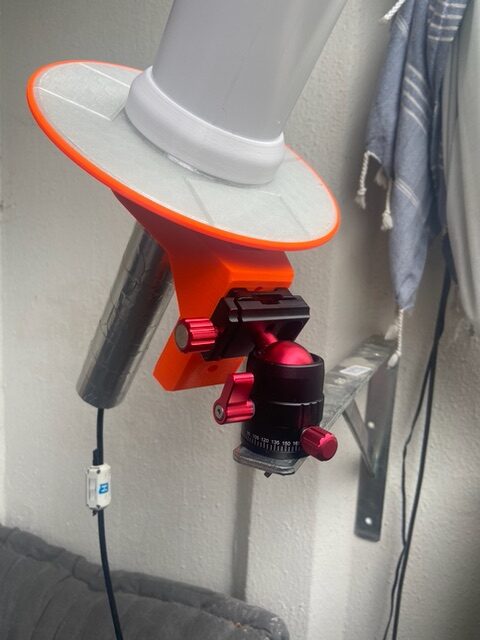
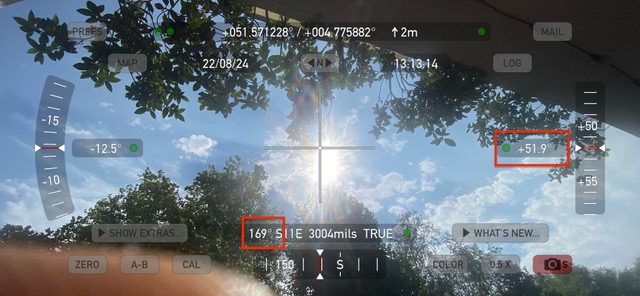

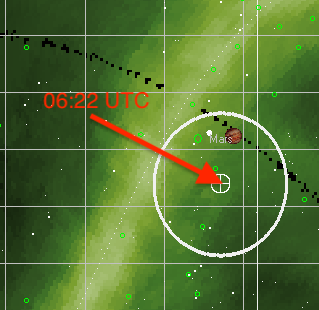
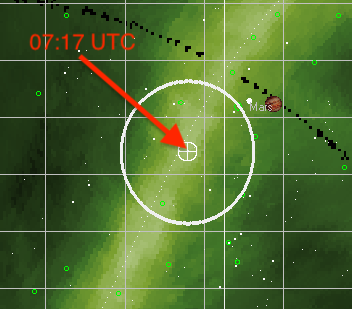
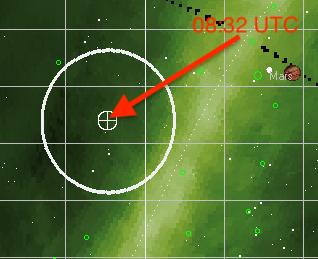

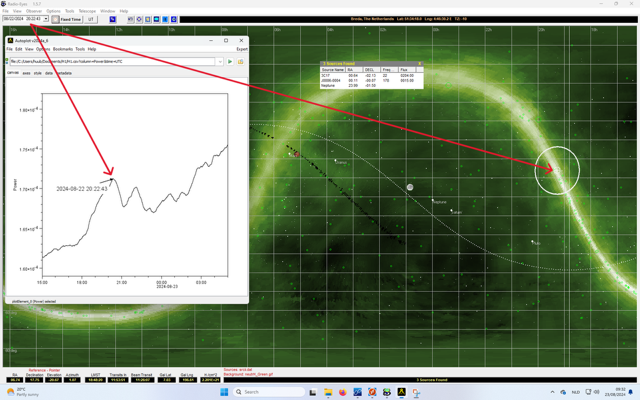

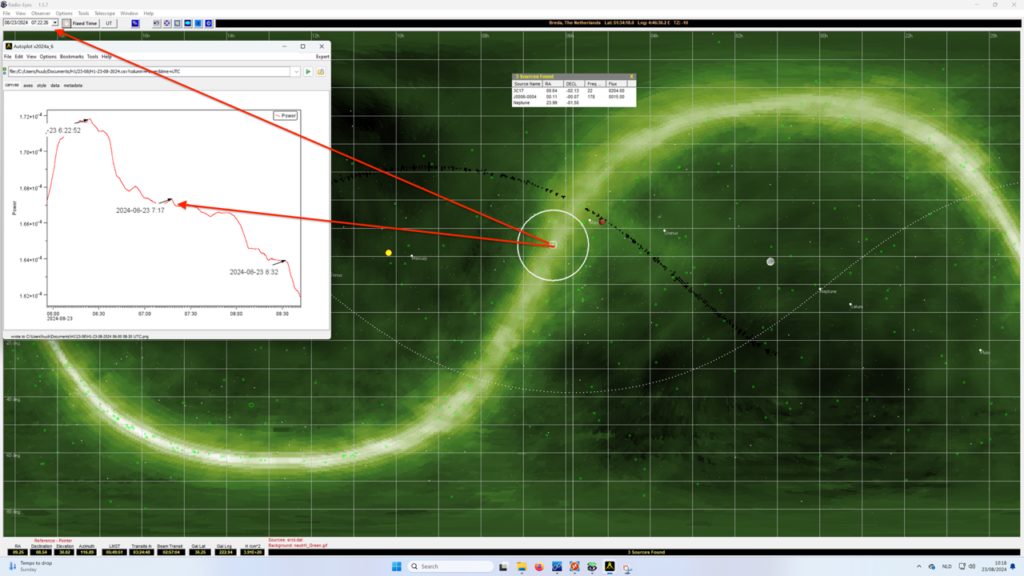
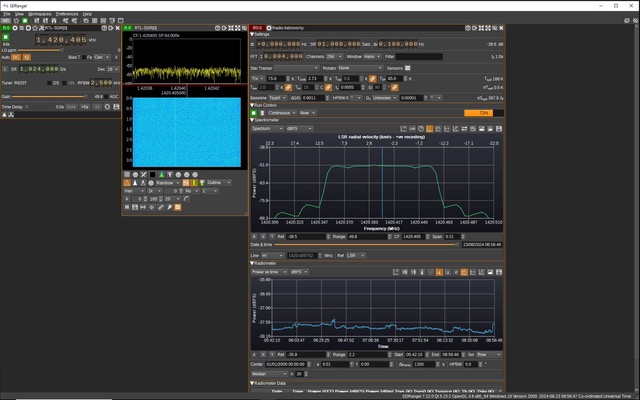


Challenges and Considerations
- RFI and Physical Obstructions: Despite the challenges posed by local RFI and environmental factors, Huub’s setup has managed to achieve significant results. The placement of antennas in unconventional locations, like a dual dipole in the laundry room and a Wellbrook loop antenna in the bedroom, demonstrates creative problem-solving.
- Antenna Design Adjustments: There was discussion about potentially increasing the number of turns in the Helix antenna. While adding more turns could increase gain, it might also lead to undesirable effects like a larger effective aperture, which could reduce the overall quality of the received signal.
- Mapping the Sky: Huub is in the early stages of understanding how long it might take to map the entire sky using his setup. He estimates that a year of continuous observation with a fixed antenna might be necessary, but further experimentation is needed to confirm this.
Future Plans
Huub plans to switch his computing environment to Ubuntu, which is expected to provide more stability and better performance for his radio astronomy applications. He is also experimenting with SDRAngel, which offers a radio astronomy plugin that could further enhance his data collection and analysis capabilities.
Conclusion
Huubs antenna setup for H1 observations is a testament to the power of ingenuity and persistence in the field of radio astronomy. His willingness to experiment with different configurations and software solutions has yielded promising results, even in a less-than-ideal environment. As he continues to refine his setup, we look forward to seeing more insights and data from his work.
For those interested in setting up their own H1 antenna, Huub’s approach provides a practical guide and valuable lessons. Whether you’re dealing with RFI or simply trying to optimize your equipment, there’s much to learn from his experience.
References: